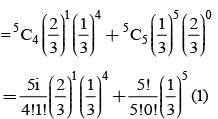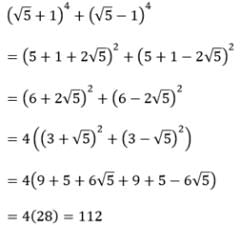KVS PGT Mathematics Mock Test - 5 - KVS PGT/TGT/PRT MCQ
30 Questions MCQ Test - KVS PGT Mathematics Mock Test - 5
In the following question, out of the four alternatives, select the alternative which is the best substitute for the phrase.
A free or independent thinker
निर्झर - निर्जर' शब्द युग्म के सही अर्थ भेद का चयन कीजिए:
| 1 Crore+ students have signed up on EduRev. Have you? Download the App |
सर्प, मेंढक, सिंह, घोडा, वानर, हाथी आदि को समझाने वाला शब्द हैं:
Which of the following is the correct order of the steps to start PowerPoint?
Which of the following statements is not correct about the Rights of Persons with Disabilities Act?
I. It was passed in 2010.
II. It states that people with disabilities have equal rights.
III. The government has to provide free education and integrate children with disabilities into schools.
Which of the following would be the most appropriate way to attract children in the school for their education?
Which of the following characteristics of achievement tests is ensured by the process of standardization?
I. The tasks used are deliberately designed to measure clearly defined areas of performance.
II. Standardized procedures are used for the submission, scoring, and interpretation of test results.
Different calendars for the month of February are made so as to serve for all the coming years. The number of such calendars is
The exponent of power of x occurring in the 7th term of expansion of
The coefficient of a4b3c2d in the expansion of (a – b + c – d)10 is
The y-intercept of the circle x2 + y2 + 4x + 8y - 5 = 0 is
On a multiple choice examination with three possible answers for each of the five questions, what is the probability that a candidate would get four or more correct answers just by guessing?
How many 10 digit numbers can be made with odd digits so that no two consecutive digits are same.
Which of the following is a homogeneous differential equation?
If a1, a2,--------an are real numbers and cos α + isin α is a root of zn +a1zn-1 + a2zn-2 +-----+an-1z+an = 0, then the value of a1 cos α + a2 cos 2α + a3 cos 3α + ------ +an cos na is
A die is thrown three times. If the first throw is a four, find the choice of getting 15 as the sum
The smallest value of the polynomial x3−18x2+96 in the interval [0, 9] is







 , if
, if  and
and 

















